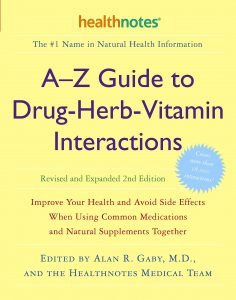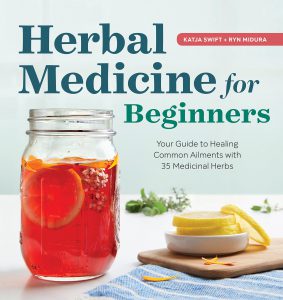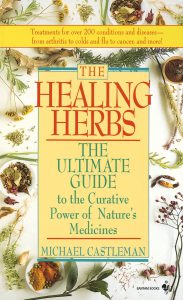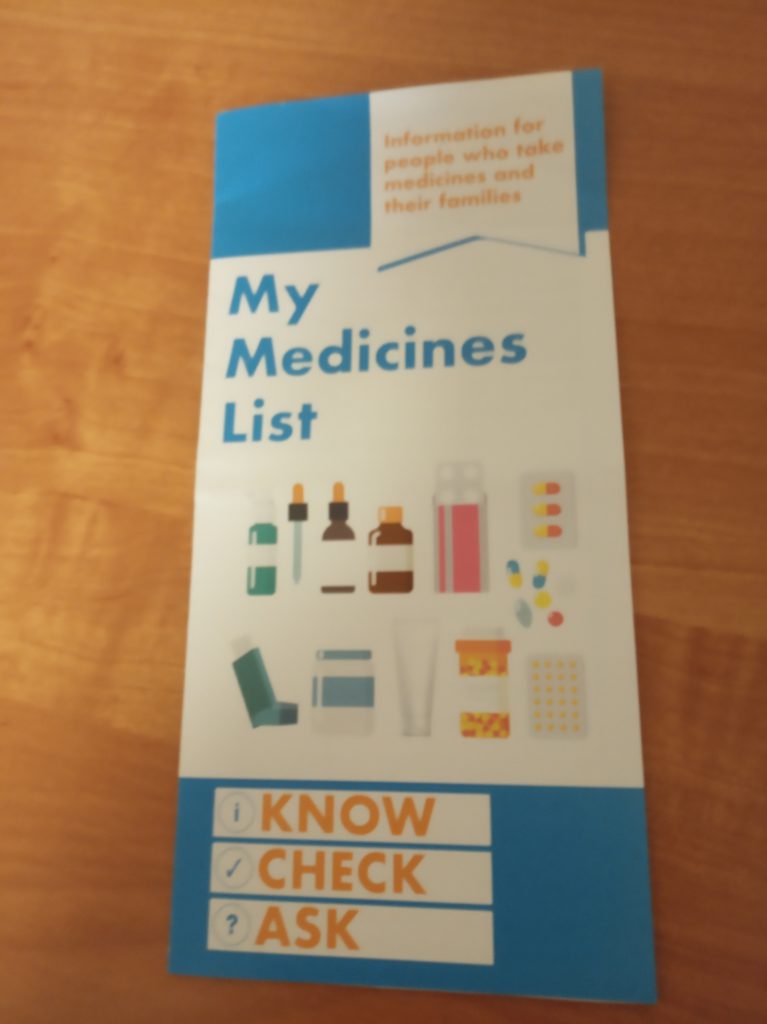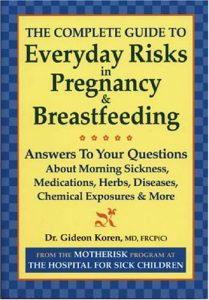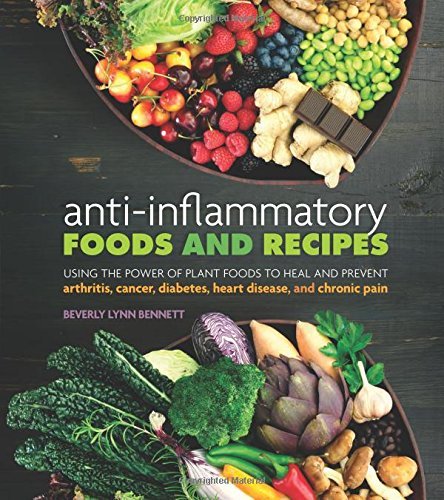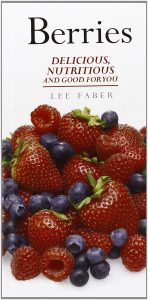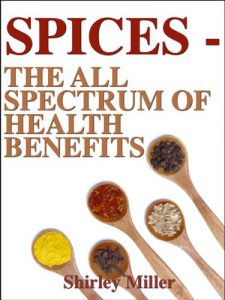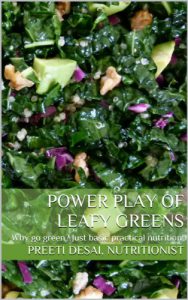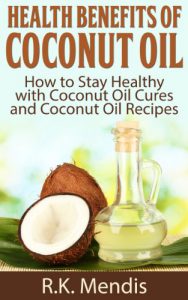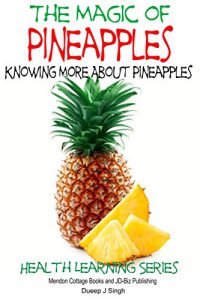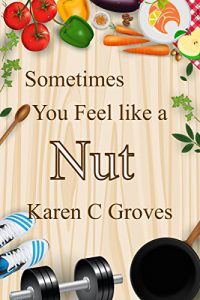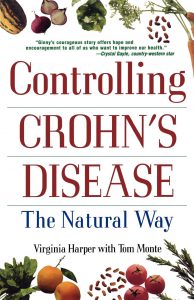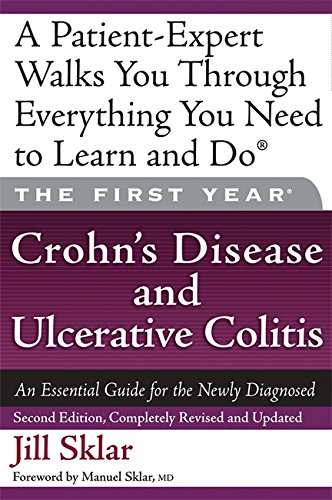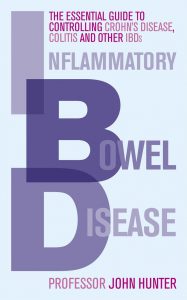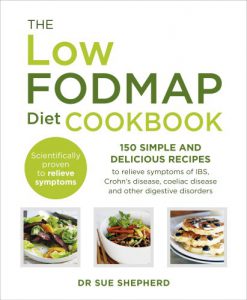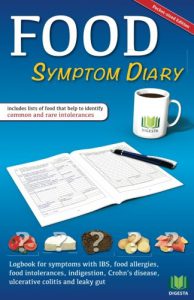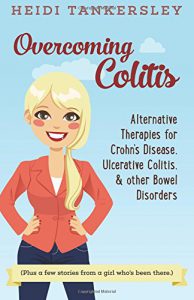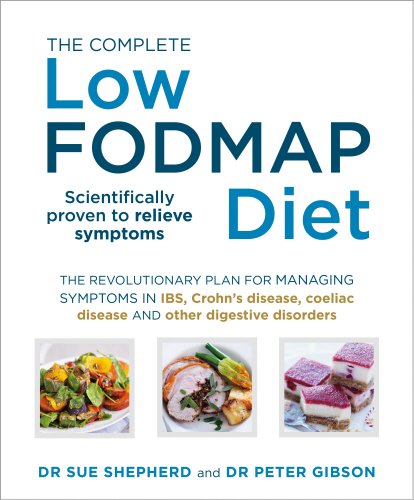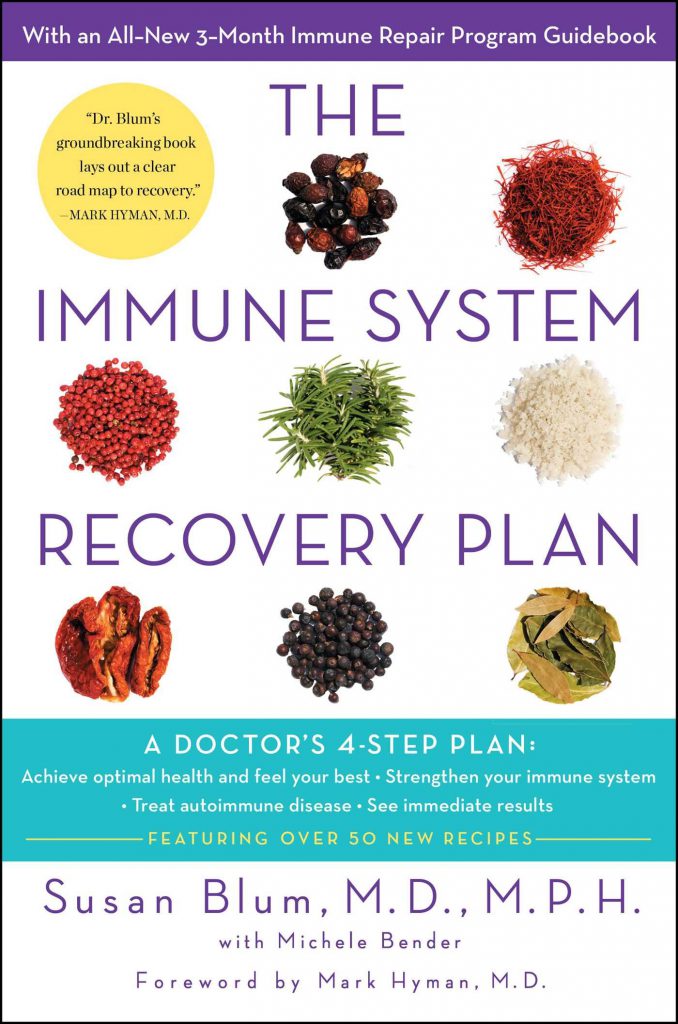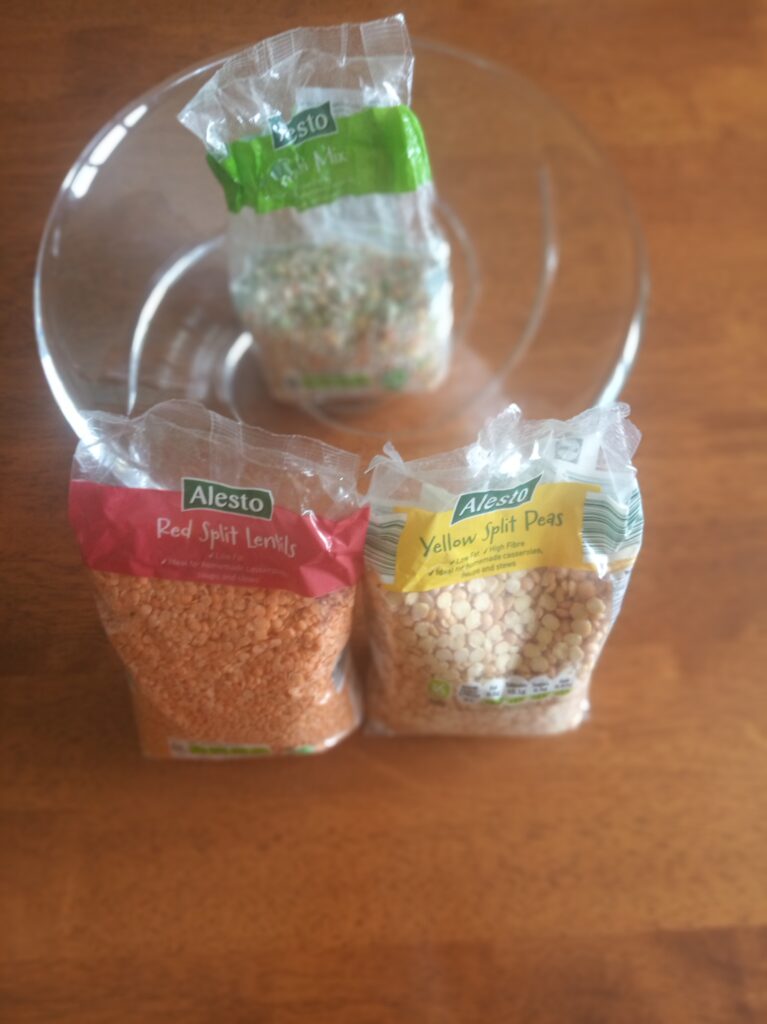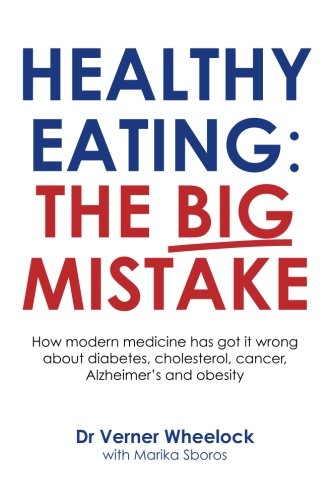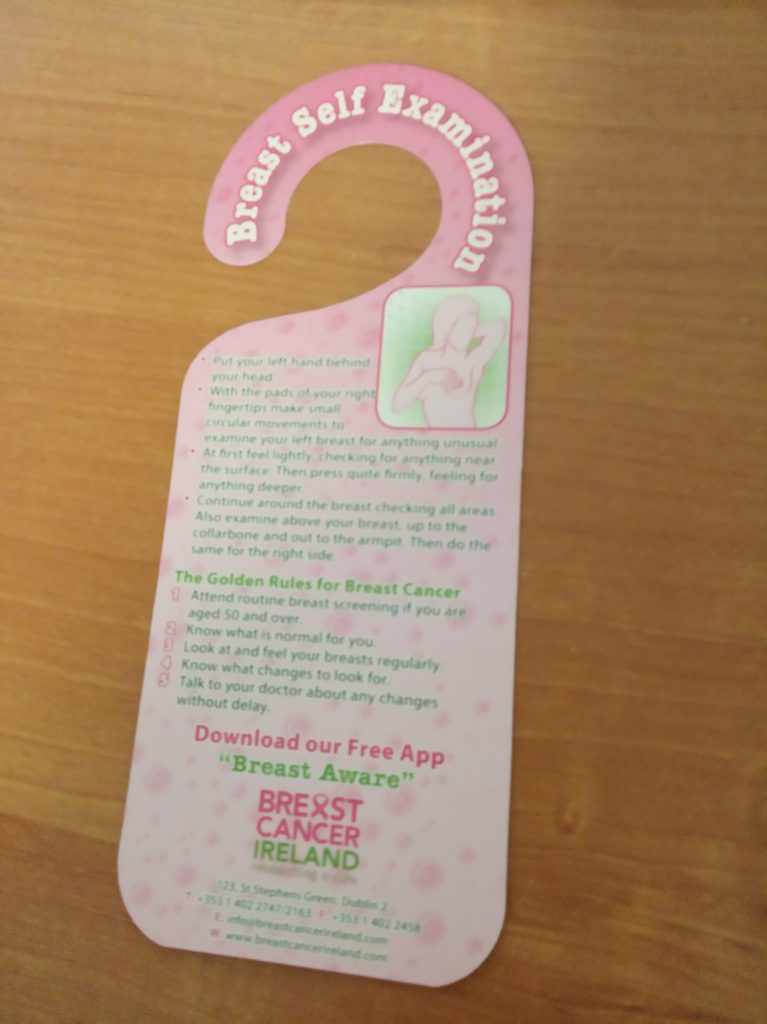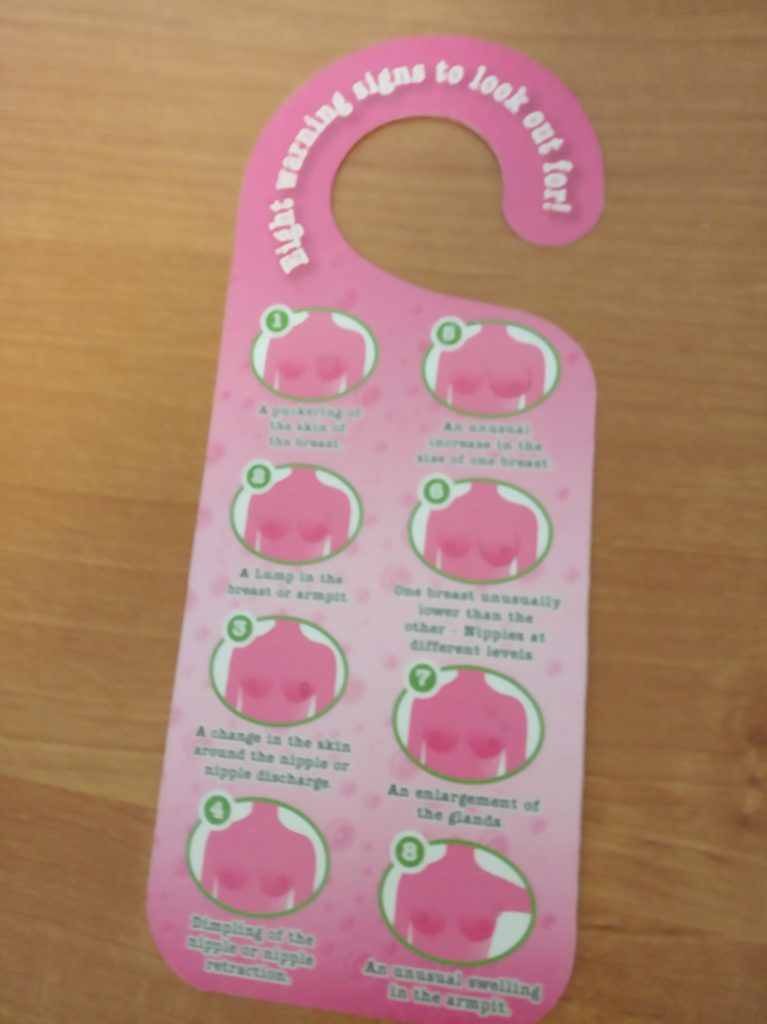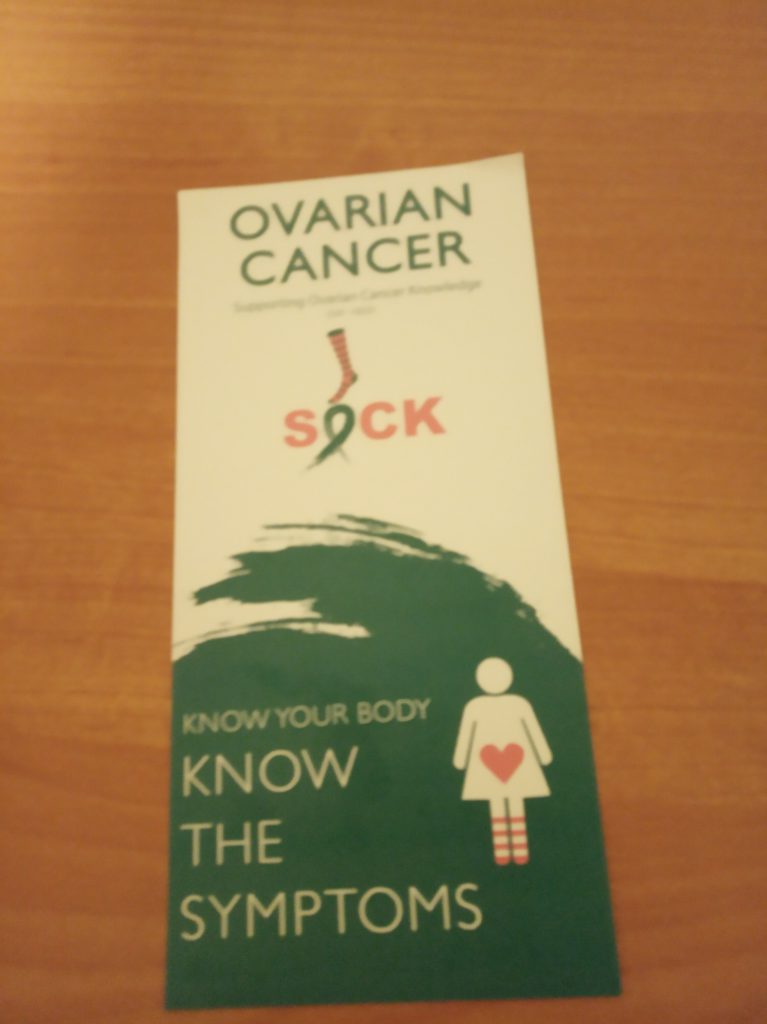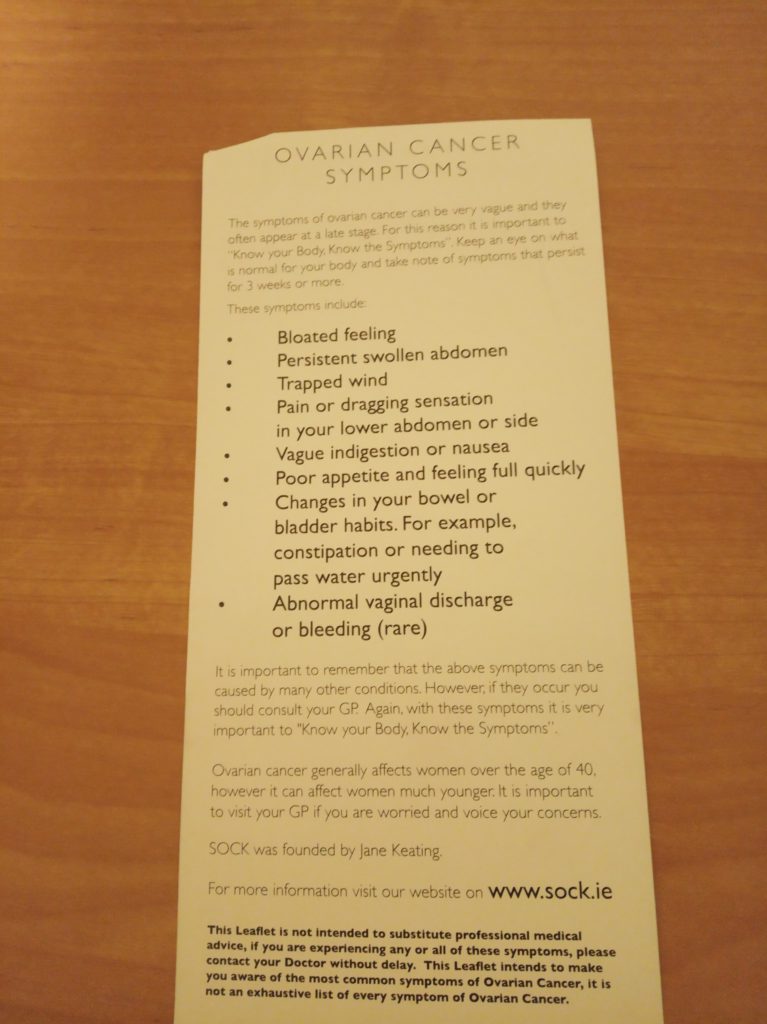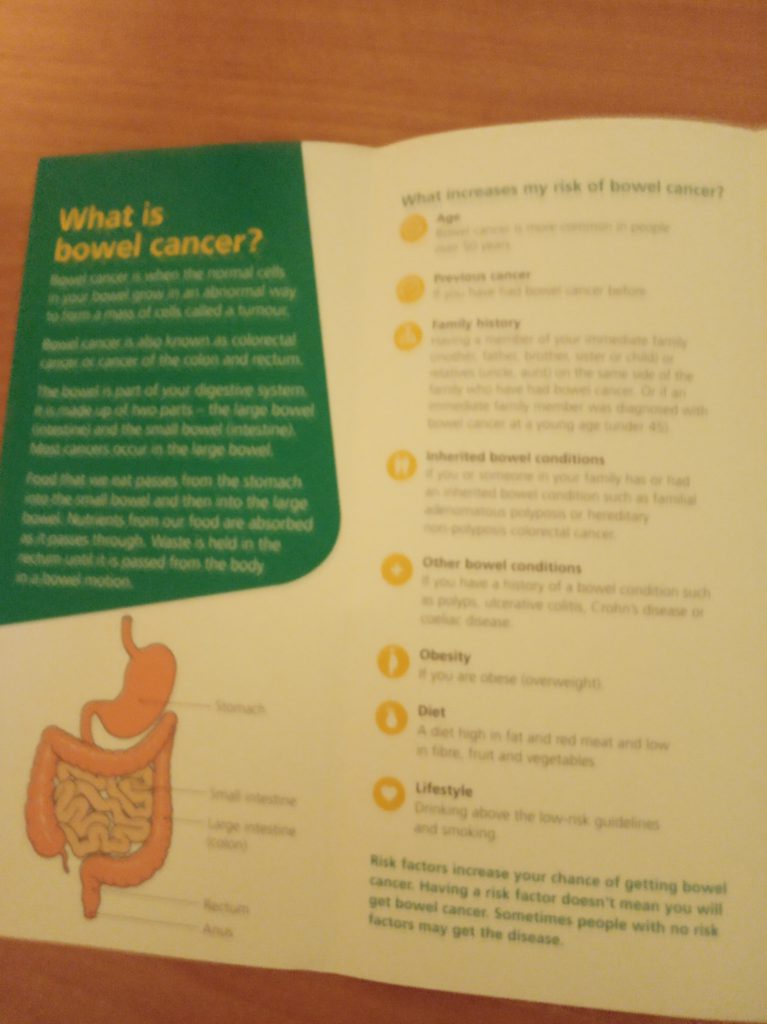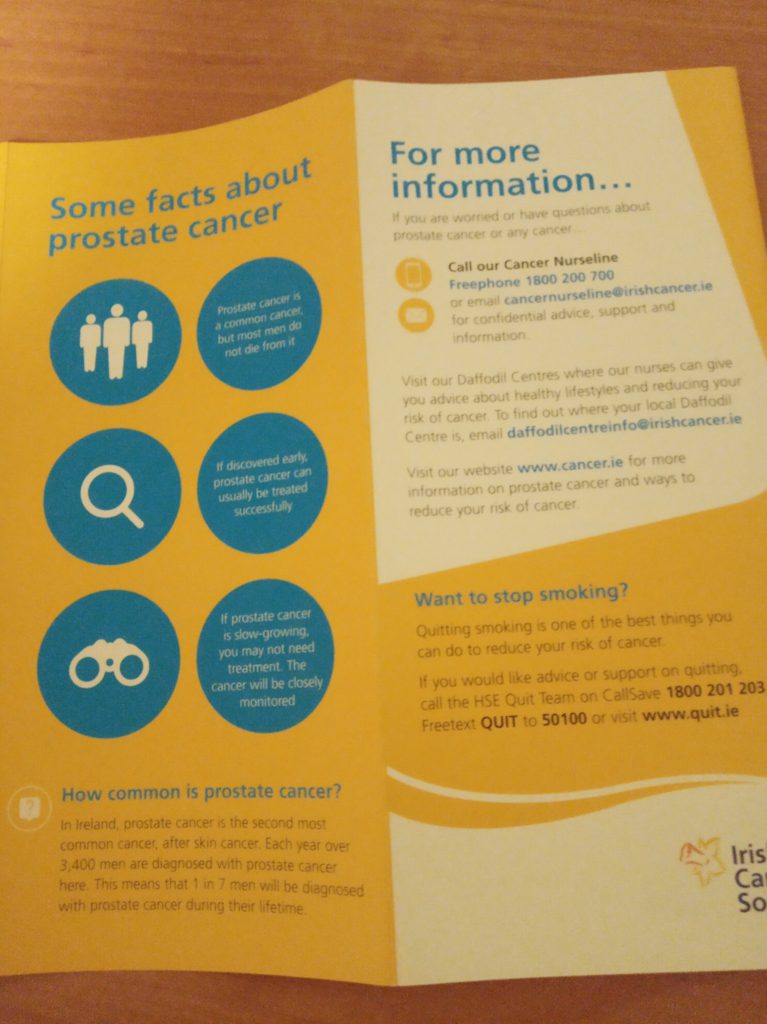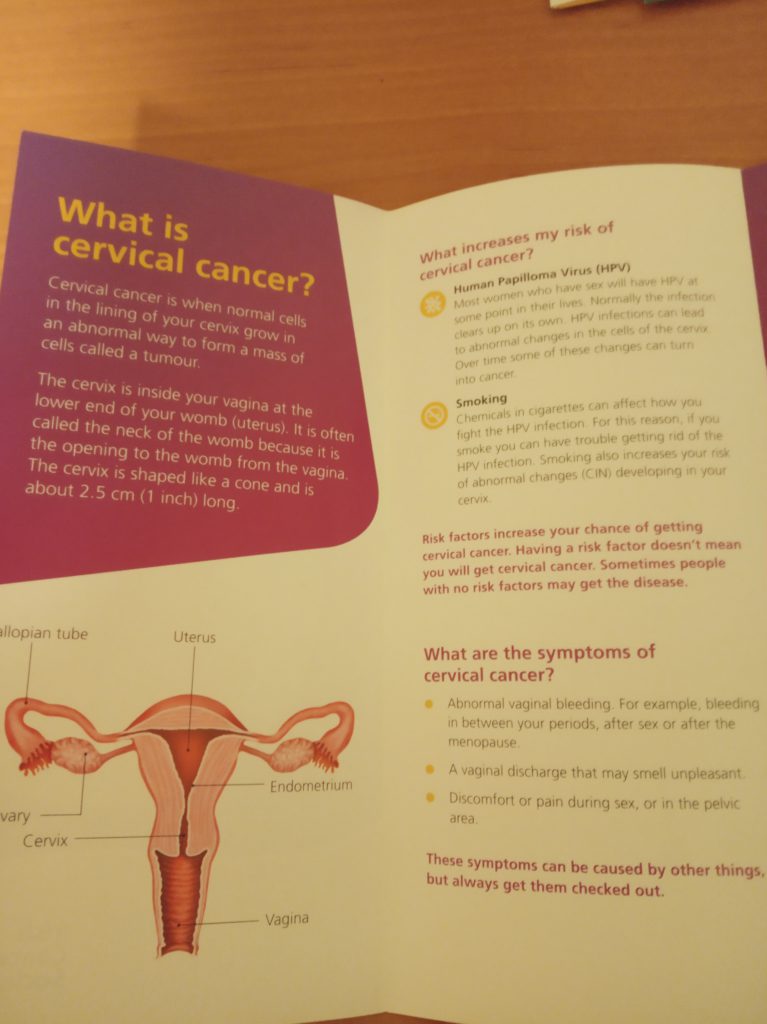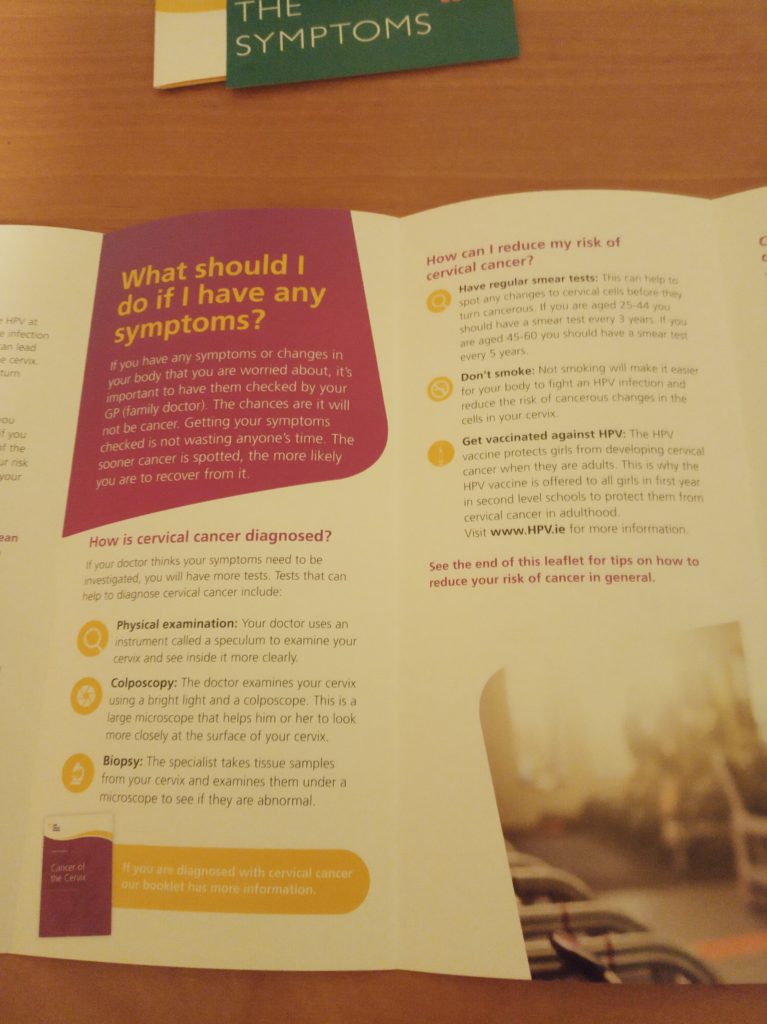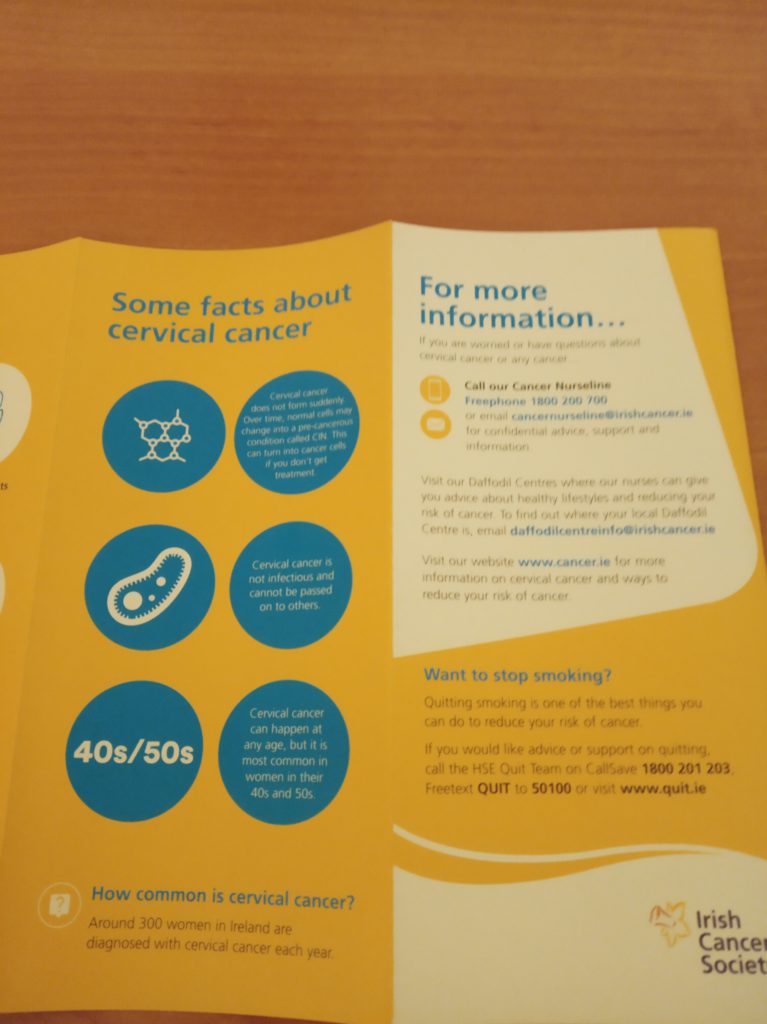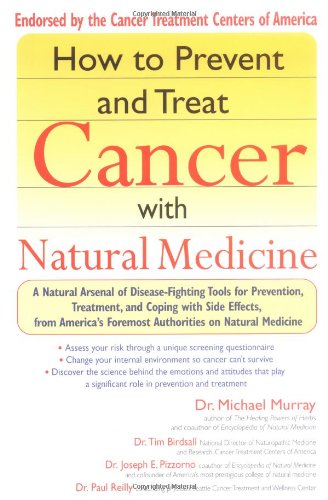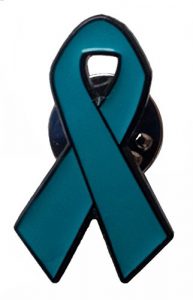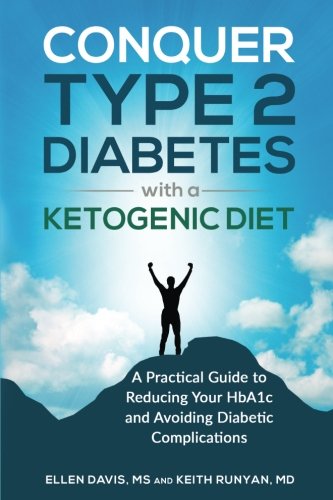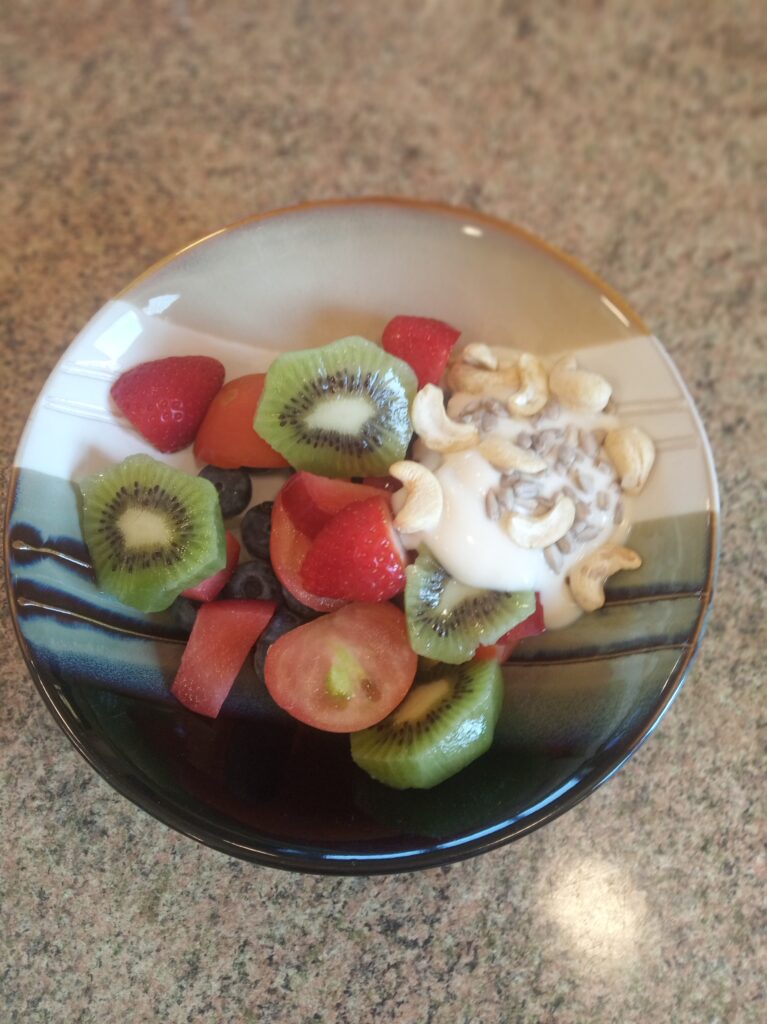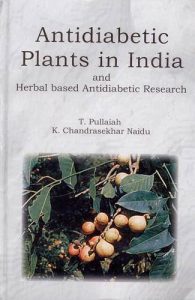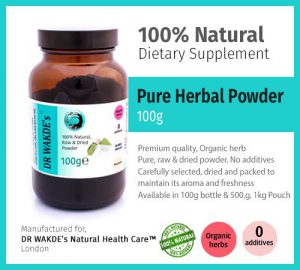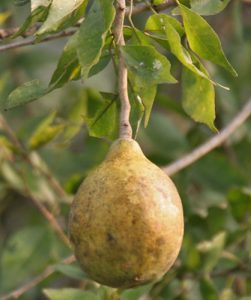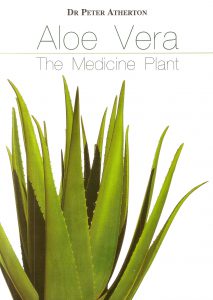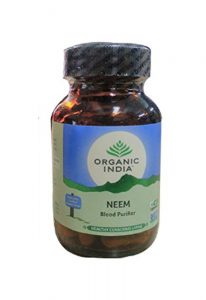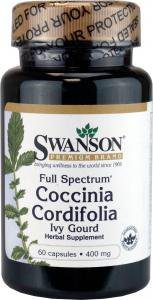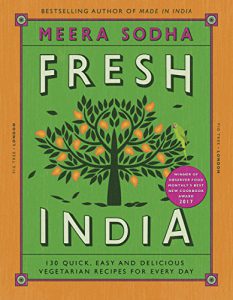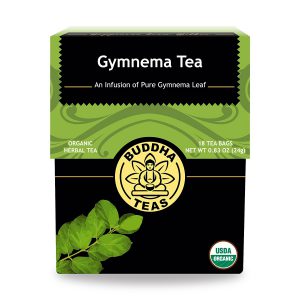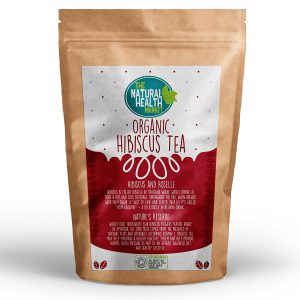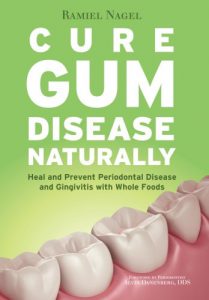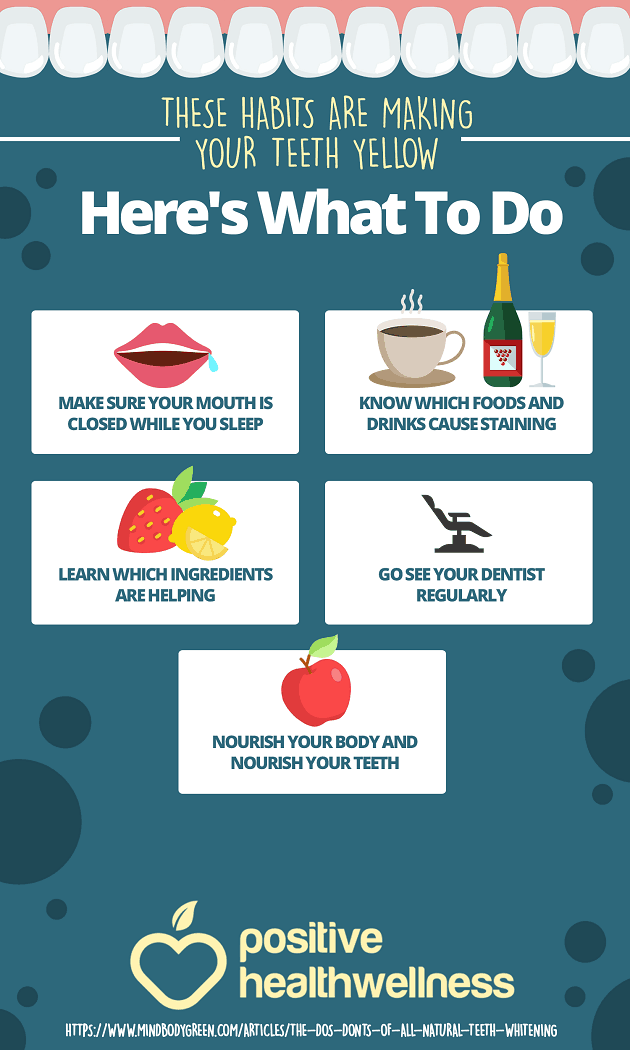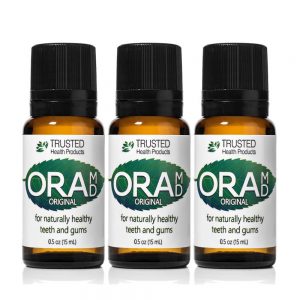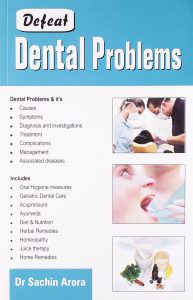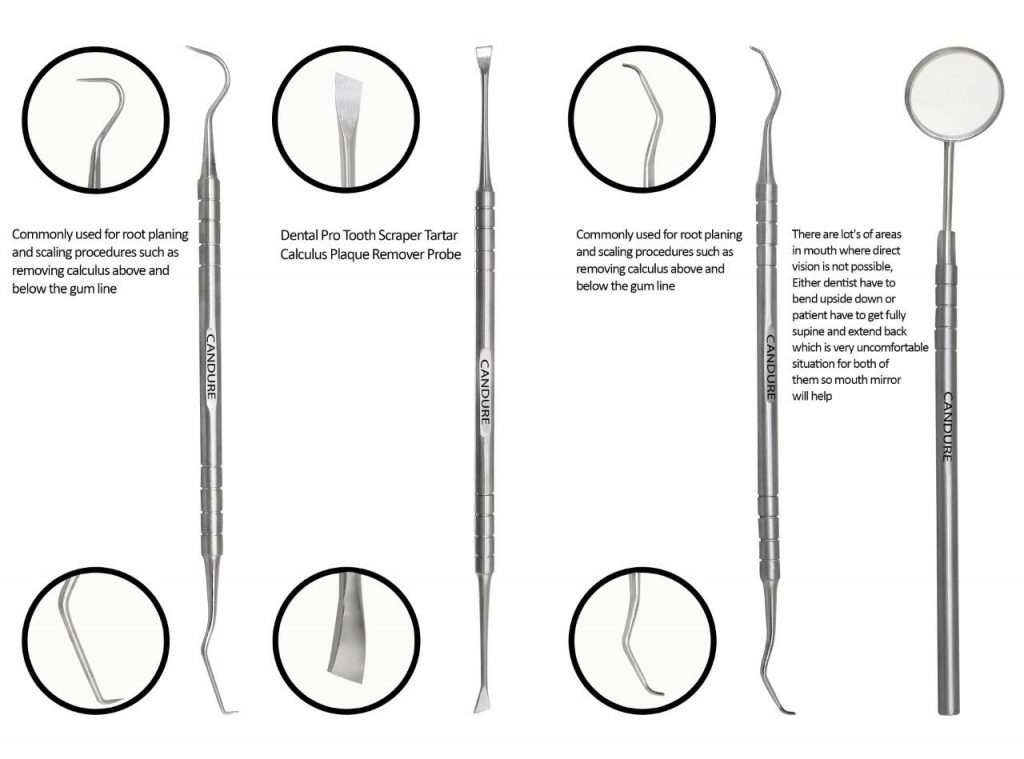If you need a painkiller but suffer from high blood pressure, heart failure, or kidney disease, it’s best to steer clear of some commonly used over the counter pain relievers.While you may not think twice about taking them when you have a headache or back trouble, there are some risks associated with over the counter pain relievers you may not be aware of.
The most commonly used types of over-the-counter (OTC) painkillers are non-steroidal anti-inflammatory drugs (NSAIDs) — ibuprofen (Advil), and naproxen (Aleve) and acetaminophen (Tylenol), also sold under other brand names.
In most cases and when taken properly for pain, these drugs are very safe. That’s why they’re sold over-the-counter in the first place. But there are some situations where you can put yourself at risk by using these pain drugs improperly.
One of the most well-known risks of painkillers is liver damage from acetaminophen.Although acetaminophen has been used for years and overall is extremely safe, liver toxicity can occur with use of more than 4,000 milligrams in a day.
Liver damage or failure may also occur at lower doses in those who drink alcohol regularly or who have pre-existing liver disease, such as hepatitis C.Because acetaminophen is often incorporated into other drugs, you may not be aware of exactly how much you’re taking, which further compounds your risk.
Taking ibuprofen and naproxen doesn’t pose as great a risk to liver function as acetaminophen. However, some damage to the stomach lining is a possibility, which can lead to blood loss from the irritated area, stomach pains (gastritis), and even ulcers.
This is also true of aspirin, which is related to NSAIDs and has many of the same properties. And if you use aspirin along with ibuprofen or naproxen, the risk to your stomach is even greater!
For more great Health and Nutrition Tips refer to the website positivehealthwellness.com.
Ibuprofen, naproxen, and aspirin have a mild blood-thinning effect. This isn’t a problem for most people, but for those already on blood-thinning medications, it can be an issue.
People on blood thinners such as Coumadin or Plavix to prevent clots, these medications [NSAIDS and aspirin] can lead to the unintentional over-thinning of the blood and excessive risks of bleeding.
Additionally, these NSAIDs have been shown to raise blood pressure. In most cases the increase is small, but it can be variable.
Research studies found that women taking NSAIDs during the first 20 weeks of pregnancy are more than twice as likely to have a miscarriage. The researchers theorized that these drugs may interfere with levels of prostaglandins, hormones that are important in inducing labor.
If you are pregnant or planning a pregnancy and want to take any medication, including painkillers, be sure to discuss it with your doctor first.
One thing that is clear when it comes to chronic pain and the pain drugs you take for it: It’s important to talk to your doctor about the risks involved if you are using them frequently.
You don’t need to reach for the medicine cabinet to fight pain and inflammation. Here are some natural pain relievers you can try instead.
Rather than having just one or two natural remedies for pain, it is best to choose the natural product that has been shown to be helpful for specific types of pain.
Always discuss the best dose for you and your condition with a knowledgeable health care professional.Also Refer to our article Using Herbal Remedies Safely!
Natural Pain Relievers For Diabetic Neuropathy
If you’re diabetic, chances are you might have some form of neuropathy or nerve damage, a condition that’s common in almost 60–70 percent of those with diabetes.Your first line of defense is actually managing your diabetes.By keeping your blood sugar levels in check, you can better manage diabetic neuropathy and its symptoms.
Monitor your blood sugar regularly.Maintaining blood sugar consistently within a healthy range is the most important thing to prevent permanent damage to the nerves, blood vessels, eyes, skin and other body parts before complications develop.
The best way to do this is through a combination of frequent blood glucose testing, eating a healthy diet, exercising, and working with your doctor to determine if you need diabetes medicine and/or insulin therapy.
If you have high blood pressure, your blood pressure needs to be monitored regularly too.
Physical treatments for chronic pain can include applying heat or cold to the part that hurts, massage, exercise, and rest. Sensations of heat, cold, and touch travel on the same nerves as pain sensations, but they travel faster.
A sensation of gentle touch, heat, or cold will therefore beat a pain signal to the next pain gate and block the pain from getting through.
One of the easiest natural home remedies for getting relief from diabetic nerve pain is taking a warm bath.Heat provides comfort and helps the healing process, as it improves blood circulation to the site of the damaged nerve. Moreover,a warm water bath makes you get rid of stress and feel relaxed.
Certain substances including capsaicin (chili pepper extract) provide a sensation of heat when rubbed on the skin that may keep a pain gate blocked for hours.
Eat healthy. Your food should be high on fresh produce and whole grains and fiber and low in saturated fat, sugar, salt, and trans fats.Different foods may well make your pain worse or better. You may want to keep a log of what you eat and how it affects your pain.
Vitamin B12, in particular, has a fundamental role in maintaining normal nervous system function. Not getting enough of the nutrient can cause loss of the protective myelin sheath around the nerves and impair nerve function. So consume more of vitamin B12-rich foods.
Ayurvedic herbal remedy ashwagandha (Withania somnifera) can help, whether it’s to keep your diabetes under control or manage symptoms of diabetic neuropathy.It can help bring down elevated serum insulin or blood glucose levels and also improve glucose tolerance and insulin sensitivity. As a result, your neuropathy symptoms will also improve and may even grow less severe.
Alpha-lipoic acid (ALA), a kind of fatty acid is another possible alternative remedy to treat diabetes-related nerve pain.ALA helps fight free radicals, which cause cell damage and secondly it even help restore the functioning of damaged nerve cells and prevents further damage.ALA also helps the body to be more sensitive to insulin.
You can find alpha lipoic acid in foods like Brussels sprouts, broccoli, peas, rice bran, and potatoes.
Apply evening primrose oil on areas that are affected to ease symptoms. If you’re lucky, it could even improve nerve function for you.5Studies have also found that taking a combination of vitamin E and evening primrose oil supplements may help manage mild to moderate cases of diabetic neuropathy.
When your body experiences a sugar spike or hyperglycemia, it can trigger issues with nerve and muscle function in the digestive system and cause gastric problems. Ginger can help you with these gastric symptoms associated with diabetic neuropathy, such as gastroparesis where food leaves the stomach very slowly.
Ginger can be taken in a simple tea made by boiling slices of fresh ginger in water. You can also add ginger to your food as a spice.
Exercise – every day if possible, even if it is just a short walk.Strengthening muscles eases pressure on the joints and tendons. It also gives you a greater sense of control, which really helps people deal with pain.
Stretching to increase your flexibility can also be helpful for pain relief, when done as part of a regular exercise routine. Walking, sitting, and moving with good posture and balance can take pressure off tender muscles and nerves. You may want to consult a physical therapist to find exercises that are right for you.
Relaxation exercises, meditation, and prayer also help nerves calm down. So can doing relaxing things like spending time in nature, playing with a pet, or engaging in a hobby like knitting or painting.or even just listening to music to unwind and de-stress. Stress could cause blood sugar levels to rise.
Your thoughts can affect pain severity.When pain is a source of fear, anger, or grief, it usually hurts more.Distraction is one of the best short-term mental approaches.
At the moment I am reading an inspirational and thought provoking novel called Loves Last Gift.
It is a memoir of hope, courage and eternal love!
I thought I’d never smile again says Bebhinn Ramsay of how she saw her life after the sudden death of her husband Alastair Ramsay in May 2007.
Bebhinn Ramsay turned her grief into a vital project in Brazil called Recontar, which is funded through a trust established in Alastair’s honour, and which brought Bebhinn back to Latin America to work with Brazil’s poorest families.
Recontar works in tandem with a local hospital, identifying sick children, and helping their families to address the root causes of their ill health and help improve their lives.
After his death, friends and family set up the Alastair Ramsay Charitable Trust (Arch) in his honour, and the money it raises now goes to fund Recontar.
Rather than being depressed and thinking life has no meaning, Arch is a way that Bebhinn can still remember Alastair as she hopes he would want to be remembered and it’s a celebration of his life!!!
All royalties from Loves Last Gift go directly to Arch so if you purchase this book you will be helping poor families in Brazil.
Several studies show helping people, positive thinking and laughter is among the best medicines for pain. In Japanese studies of arthritis, people who watched a humorous show reduced their pain by more than 50% for as long as 12 hours.
Since chronic pain is a whole body–mind experience, your total physical and mental health has a lot to do with your pain. In addition to improving your blood glucose control, you might consider losing some excess weight which can take the pressure off your back, hips, knees, and feet, possibly reducing pain in these areas.
Smoking is a big no-no if you’re trying to manage neuropathy. It could not only worsen symptoms but even raise the risk of foot problems linked to neuropathy.
Get routine foot exams to check for visual signs like callus formation, increased warmth, cuts/breaks, and lesions. This will help to get early and timely treatment before it presents bigger problems.
Topical use of essential oils blended in a base or carrier oil may also provide pain relief for those with neuropathy.
In one study, a blend of lavender, geranium, tea tree, eucalyptus, and bergamot oils was used to help alleviate foot pain associated with peripheral neuropathy. It helped decrease the pain experienced as early as 30 minutes after application. Which means you could potentially use such oil blends every day to ease the discomfort you live with.
Natural Pain Relievers For A Headache
Headaches are characterised by a feeling of tenseness in the neck, shoulder and scalp whereas migraines are basically pulsating headaches, often on one side of the head.
It’s important to figure out what type of headache is causing your pain. If you know your headache type, you can treat it correctly.
Tension headaches, the most common type, feel like a constant ache or pressure around the head, especially at the temples or back of the head and neck. Not as severe as migraines, they don’t usually cause nausea or vomiting, and they rarely halt daily activities. Tension headaches can last anywhere from 30 minutes to a whopping 7 days depending on the root cause.
One of the first things you can do to help prevent future tension headaches is to find out if you have any food intolerances or allergies. You can do this through an online service like EverlyWell or get a blood test done by your doctor which will help you avoid specific foods and additives that may be causing your tension headaches.
Once you have eliminated any possible foods that cause you to react, it’s time to go one step further and remove processed foods from your diet and start incorporating more nutrient dense whole foods.
If your tension headaches are caused by blood sugar imbalances, then eating well rounded meals made with whole food ingredients will help keep your sugar from spiking or plummeting.
Instead of popping a pill when you get a headache, toss back some almonds. For everyday tension-type headaches, almonds can be a natural remedy and a healthier alternative to other medicine.
It acts as a pain reliever because it contains something called salicin, which is also an agent in popular over the counter killers. Try eating a handful or two of these wholesome nuts when you feel the ache start to set in.
Avoid foods that contain dairy, caffeine, and artificial sweeteners as well as alcoholic beverages to help further prevent tension headaches from occurring.
Dehydration is one of the leading causes of headaches because the muscles of the head, neck, and shoulders aren’t as smooth and supple as they should be, which can cause them to cramp up and tighten.
it is recommended that you drink a glass of water every 2 waking hours in order to combat and prevent tension headaches caused by dehydration.
While suffering from a tension headache the last thing one feels like is doing is exercising, but light to moderate exercise can actually stop a headache in its tracks. Regular exercise can also increase cardiovascular and circulatory health and help reduce the likelihood of chronic headaches.
Emphasizing the healing power of the body, chiropractic is a hands-on approach most often used for neuromuscular complaints, such as back and neck pain, joint pain, and headaches.
The hallmark of chiropractic care is the “spinal manipulation”, which is also called a “chiropractic adjustment.” The purpose of the adjustment is to restore joint position and mobility by manually applying a controlled force to a restricted joint.
This restores proper function, relieves pressure on the surrounding nerves, reduces pain and muscle tightness, and allows tissues to heal. There are over 20 different adjusting techniques, which can be used alone or in combination.
Many doctors of chiropractic also use other therapies, such as ultrasound, electric stimulation, massage, or soft tissue manipulation.
Aspirin was originally made from white willow bark, so it’s no wonder it works so well for relieving the pain associated with tension headaches. It is a highly effective pain reliever that’s much easier on the digestive system and liver than OTC medicines.
Magnesium is known to help prevent muscle tension, improve healthy blood flow to the brain, and keep serotonin levels within normal range.
Believe it or not, it is often unchecked serotonin levels that cause the vascular spasms in our head that instigate tension headaches and migraines.
Adults should take 400-600mg of magnesium daily. Reduce your dose if you experience diarrhea.
Studies have shown that 5-hydrotryptophan (5-HTP) is effective at preventing tension headaches as it has a direct effect on serotonin levels which are known to effect circulation in the blood vessels of the brain. It also raises the body’s endorphin levels which are a form of natural pain killer.
Adults should take 50-100mg up to three times daily.
Peppermint essential oil has a long-lasting cooling effect when applied to the skin which helps inhibit muscle contractions and stimulates healthy blood flow.
Using it on the temples, the back of the neck, and on the forehead, is known to be one of the best natural remedies for tension headaches, especially when used in 15 minutes intervals.
Adults – dilute 3 drops of peppermint essential oil in 1/4-1/2 tsp of carrier oil and apply to temples, back of the neck, forehead, and shoulders every 15 minutes until symptoms dissipate.
If your tension headaches are related to stress or lack of sleep, then lavender essential oil may be just what you’re looking for.
According to research, lavender essential oil is rapidly absorbed through the limbic system due to its linalool and linalyl acetate constituents. It is because of this that lavender is so effective at treating tension headaches quickly and effectively.
Adults – diffuse 5-10 drops of lavender essential oil for 20 minutes.
Cluster headaches, which affect more men than women, are recurring headaches that occur in groups or cycles. They appear suddenly and are characterized by severe, debilitating pain on one side of the head, and are often accompanied by a watery eye and nasal congestion or a runny nose on the same side of the face.
During an attack, people often feel restless and unable to get comfortable; they are unlikely to lie down, as someone with a migraine might. The cause of cluster headaches is unknown, but there may be a genetic component. There is no cure, but treatment can cut the frequency and duration.
People who suffer from cluster headaches typically have low blood levels of magnesium and can benefit from magnesium supplementation or injections.
To relieve cluster headache symptoms and reduce attacks, take 400 milligrams of magnesium three times a day, taking one capsule before bedtime because attacks are most common in middle of the night.
Eating magnesium-rich foods like spinach, chard, pumpkin seeds, yogurt, almonds, black beans, avocado and bananas can also be helpful.
Vitamin B2 may decrease the severity and frequency of cluster headaches. It’s an important vitamin that also acts as an antioxidant in the body, maintaining healthy blood cells and boosting energy levels.
Taking 400 milligrams of vitamin B2 capsules per day results in less headache attacks.
Apply a small amount of capsaicin cream to the inside of your nostril (the same side that’s experiencing the pain). The main ingredient in capsaicin cream is cayenne pepper, which works by blocking nerve pain signals.
People with cluster headaches experience a relief of symptoms after receiving oxygen during an attack. This can be done naturally by getting outdoors and taking deep breathes of fresh air.
It’s important that people who experience cluster headaches stick to a regular sleep schedule. Cluster periods may actually begin when there are changes in your normal sleep routine, so it helps to stay consistent. If you can’t sleep, that could also trigger cluster headaches, so do everything you can to ensure a regular, quality sleep schedule.
Sinus headaches-When a sinus becomes inflamed, often due to an infection, it can cause pain. It usually comes with a fever and can be diagnosed by symptoms or the presence of pus viewed through a fiber-optic scope.
Some natural ways to get your sinuses draining and relieve sinus pressure include drinking plenty of fluids; using a humidifier; avoiding cold, dry air; taking plenty of steamy showers; and drinking a cup of hot tea or soup.
You can also alternate warm and cold compresses to relieve sinus pain and sinus pressure. Here’s how to do it: Start by placing a hot towel or washcloth across your sinuses for about three minutes. Then place a cold compress across your sinuses for 30 seconds. Alternate two more times, and repeat the treatment about four times a day.
For more great Health and Nutrition Tips refer to the website positivehealthwellness.com.
Many people find that spicy food like peppers or hot mustard opens up their nasal passages and gives them some relief from sinus pain. There is good evidence that capsaicin, which is the active ingredient found in chile peppers, is effective in relieving sinus pain.
Some people report that humming for one hour improves sinus pain.Humming may increase both airflow through your sinuses and the level of nitric oxide in your sinuses. The combination of nitric oxide and airflow may reduce your risk of sinusitis.
Techniques that take advantage of the mind-body connection, such as deep breathing practices , relaxation exercises and prayer can be very effective for relieving sinus pain.
Sold as a supplement, bromelain is a protein found in pineapple stems. For years, it’s been used by prize fighters to reduce swelling. Bromelain appears to be beneficial and helps reduce swelling in the nasal passages.Just be sure to talk to your doctor first, because bromelain may interact with other medications you’re taking. And be sure to follow exact dosing instructions.
Staying hydrated helps your body in many ways, including keeping your sinuses moist. Although recommended fluid intake differs from person to person, an easy guideline is to drink at least eight 8-ounce glasses of water a day.
One of the most important things to avoid is over-the-counter nasal decongestant sprays. They may give some fast relief, but after a few days they make sinus pressure and nasal congestion much worse.
Some other things you can do to prevent sinus pain include avoiding alcohol, which can aggravate sinus pain and congestion; cleaning your humidifier to avoid fungal allergies; washing your bedding in hot water to decrease allergy exposure; and avoiding swimming, diving, or flying when you have sinusitis, a common cold, or nasal allergy.
If sinus pain lasts for a week or more and you have a fever, you should see an ear, nose and throat specialist, because you may need more aggressive treatment than natural remedies provide.
Rebound headaches–Overuse of painkillers for headaches can, ironically, lead to rebound headaches.
Culprits include over-the-counter medications like aspirin, acetaminophen (Tylenol), or ibuprofen (Motrin, Advil), as well as prescription drugs.
One theory is that too much medication can cause the brain to shift into an excited state, triggering more headaches. Another is that rebound headaches are a symptom of withdrawal as the level of medicine drops in the bloodstream.
What is agreed on is that in most cases the only way to stop these forms of headaches is to stop taking certain medications as your body has basically become immune to them.
The first sign that you are beginning to develop this form of head pain is the occurrence of a headache virtually every day, especially when you first wake up in the morning.
Once this starts to occur and you continue to take the same medication, they will subside only to return as soon as these medications begin to wear off.
Once you see these symptoms, the next will be a head pain that is now persistent for the entire day and will intensify with any type of physical or mental stress.
However, this is just the beginning of the symptoms as you may also experience neck pain, restlessness, a diminished ability to concentrate, as well as short term memory issues.
If these pains become severe enough, you may all become agitated very easily, depressed, as well as develop a chronic runny nose.
There are also some real danger symptoms or signs you can watch for and if any of these develop, you need to seek immediate medical attention.
This list includes a very sudden or severe headache followed by fevers, any type of a rash, a stiff neck, seizures, double vision, any type of numbness, as well as a sudden inability to speak properly.
The lists of natural cures for rebound headaches include three vitamins, D, B-12 and E, the mineral magnesium, as well as two herbs; fever-few and butter-bur.
Fever few has been used for centuries to fight all forms of headaches and it is an anti-inflammatory agent that is believed to inhibit chemicals in your brain that can trigger head pains.
Butter-bur also has very similar properties and is finally getting the credit that fever-few has received for fighting head pains.
Vitamin D is perhaps best known for what can do for your bones and its association with calcium.
However it is also well documented that a deficiency of this nutrient can also trigger headaches, especially migraines.
In fact, if you are tested for chronic head pain one of the first tests done will be to test the levels of Vitamin D in your bloodstream.
Remember that sugar is a headache fuel – the more sugar available to the brain, the more fuel for the migraine fire. The less sugar, the less strongly it can burn.
So avoid sweets, sodas, or processed foods of any sort. And significantly reduce the amount of fruit, rice, potatoes, or any food high in easily digestible carbohydrates.
Stress hormones are bad news when trying to conquer rebound headaches.Sleep is absolutely essential to good health, happiness, and migraine freedom.
If you are in the midst of a bad bout of rebound headaches, fasting is one of your greatest allies. There’s no better way to avoid blood sugar spikes and the attendant surge of stress hormones than to simply not put food into your stomach.
The best treatments address root causes; figuring out why the body has malfunctioned to begin with, and assisting it in returning to its healthy baseline.
Migraine headaches–Migraines can run in families and are diagnosed using certain criteria.
1.At least five previous episodes of headaches
2. Lasting between 4–72 hours
3.At least two out of these four: one-sided pain, throbbing pain, moderate-to-severe pain, and pain that interferes with, is worsened by, or prohibits routine activity
At least one associated feature: nausea and/or vomiting, or, if those are not present, then sensitivity to light and sound
A migraine may be foreshadowed by aura, such as visual distortions or hand numbness. (About 15% to 20% of people with migraines experience these.)
Diet plays a vital role in preventing migraines. Many foods and beverages are known migraine triggers, such as:
foods with nitrates including hot dogs, deli meats, bacon, and sausage
chocolate
cheese that contains the naturally-occurring compound tyramine, such as blue, feta, cheddar, Parmesan, and Swiss
alcohol, especially red wine
foods that contain monosodium glutamate (MSG), a flavor enhancer
foods that are very cold such as ice cream or iced drinks
processed foods
pickled foods
beans
dried fruits
cultured dairy products such as buttermilk, sour cream, and yogurt
If you suffer from migraines on a regular basis, consider making one small switch to your diet: more nuts. Nuts can work as both a pain reliever and a preventative method to stave off future onsets.
Although it may be painful to consider heading out into the sunlight when you’re struggling to stop a migraine, getting close to nature can help—if you have an herb garden nearby. Ginger, peppermint, and cayenne can provide some natural pain relief and can treat both a headache and nausea that often comes with a migraine.
More Natural remedies that may help with migraine include:
Vitamins, such as riboflavin / Vitamin B2, Vitamin B6, Vitamin D, Vitamin C, and Vitamin E
Potassium
MigreLief
Fish Oil
Co Enzyme Q10
Flax seed
Gingko Biloba
Teas
Valerian
Light is painful when you’re suffering from a minimal headache, a hangover, and especially a migraine.To achieve quick relief, shut out as much light as you can. Turn down the brightness by shutting off the lights in the room you’re in, and make sure to close the blinds or curtains.
If you’re in need of even greater help, don’t be afraid to wear sunglasses, either indoors or out. The lenses can protect you from both natural and unnatural light. You could even grab a sleep mask to block out the light and lie down for a little while.
A regular massage may seem like a luxury, but when a migraine strikes, it can be the best way to relive all that’s built up in your head.
Learn how to give yourself a calming and pain relieving massage, and you can prevent your migraines from growing worse, quickly. As you stretch and massage both the neck and the base of the scalp, you will stimulate blood flow and relaxation, sending the pain away from your head.
During pregnancy, menstruation, menopause, and any other times of hormonal change, be extra careful with what you do. Small things can trigger the migraine attack because your hormones are in flux.
Stress is one of the worst migraine triggers and one we can’t always avoid. Try to limit stress as much as possible. If that means changing your job or altering the way you handle home life, so be it. Your health matters, and reducing stress is a key to preventing migraines!
An important part of pain treatment is the support of other people. Being with other people who live with pain and understand what you’re going through makes you feel better and gives you courage.
You may not be able to completely eliminate pain. But you can eliminate suffering. You can make pain a smaller part of your life and become healthier in the process!
Fibromyalgia, a common source of chronic pain, can make it difficult to fall asleep each night. This guide outlines the best ways to improve sleep for people with fibromyalgia, offering tips on exercise, supplements, and more: https://www.mattressadvisor.com/sleeping-fibromyalgia/
Also Dr. Kinjal Parikh, DO, talks about the relationship between pain and sleep, and how to combat discomfort to get a good night’s rest: https://www.mattressadvisor.com/pain-and-sleep/
If you have any information,questions, or feedback you would like to include in this post.
Please email momo19@diabetessupportsite.com or leave your comments below.
